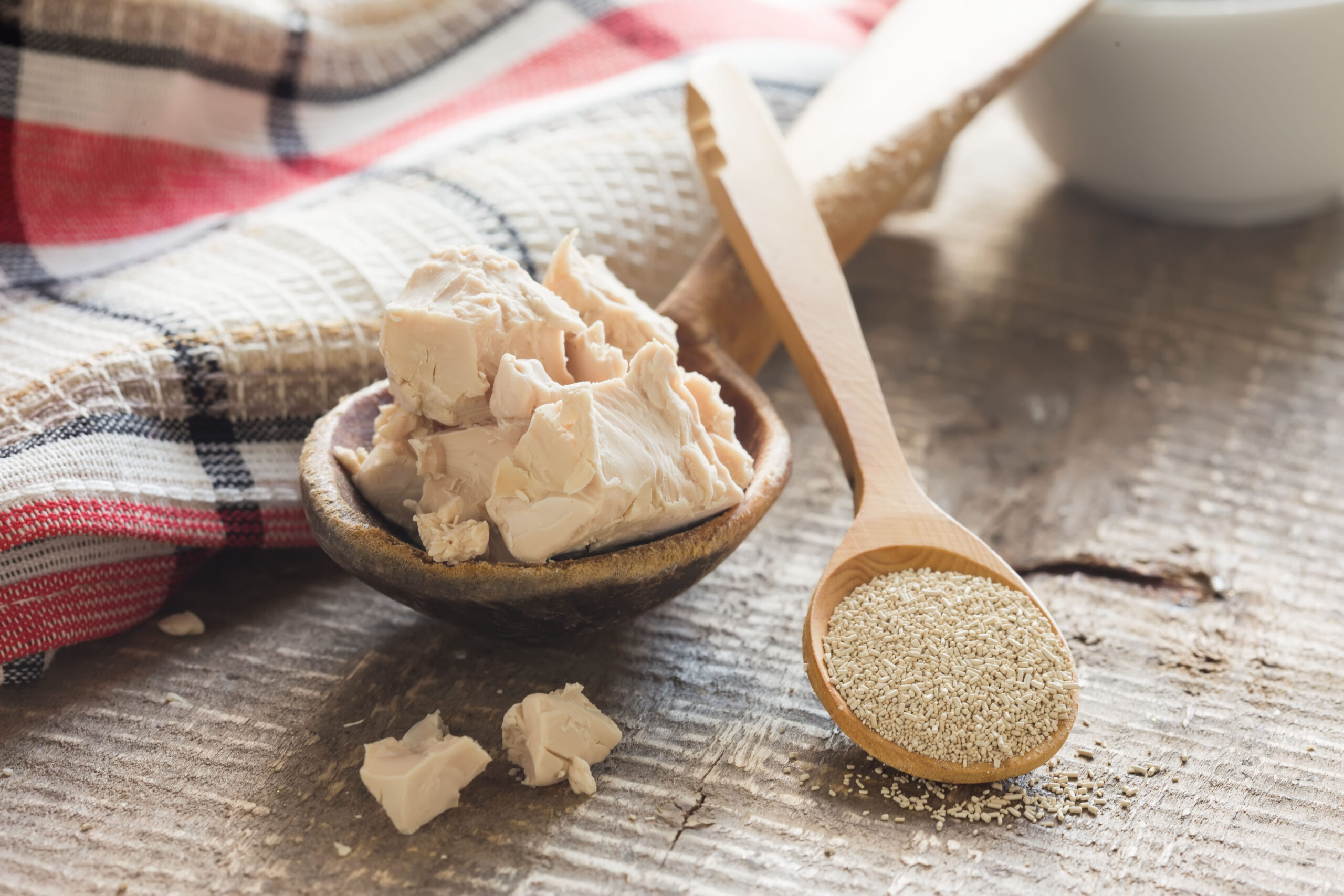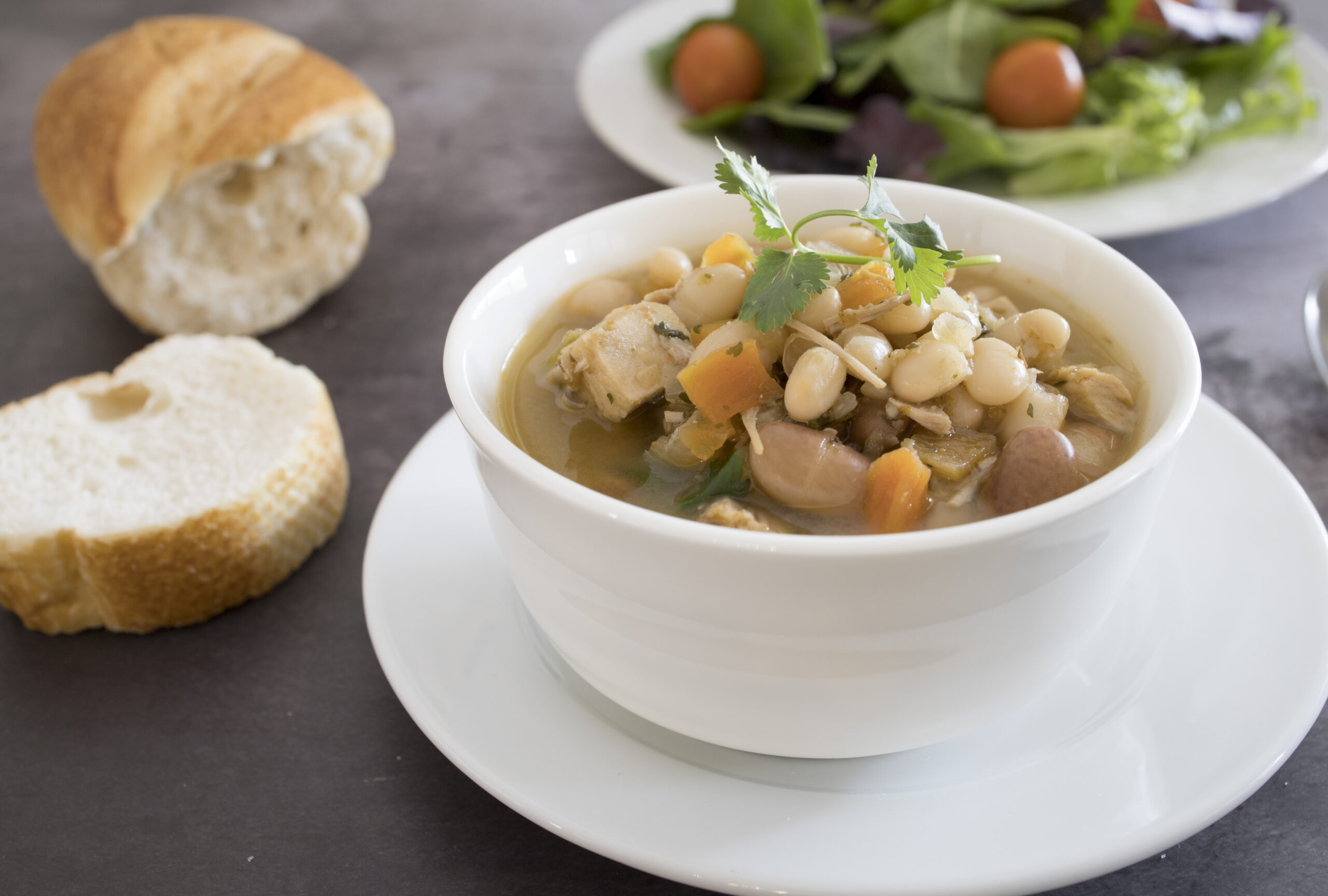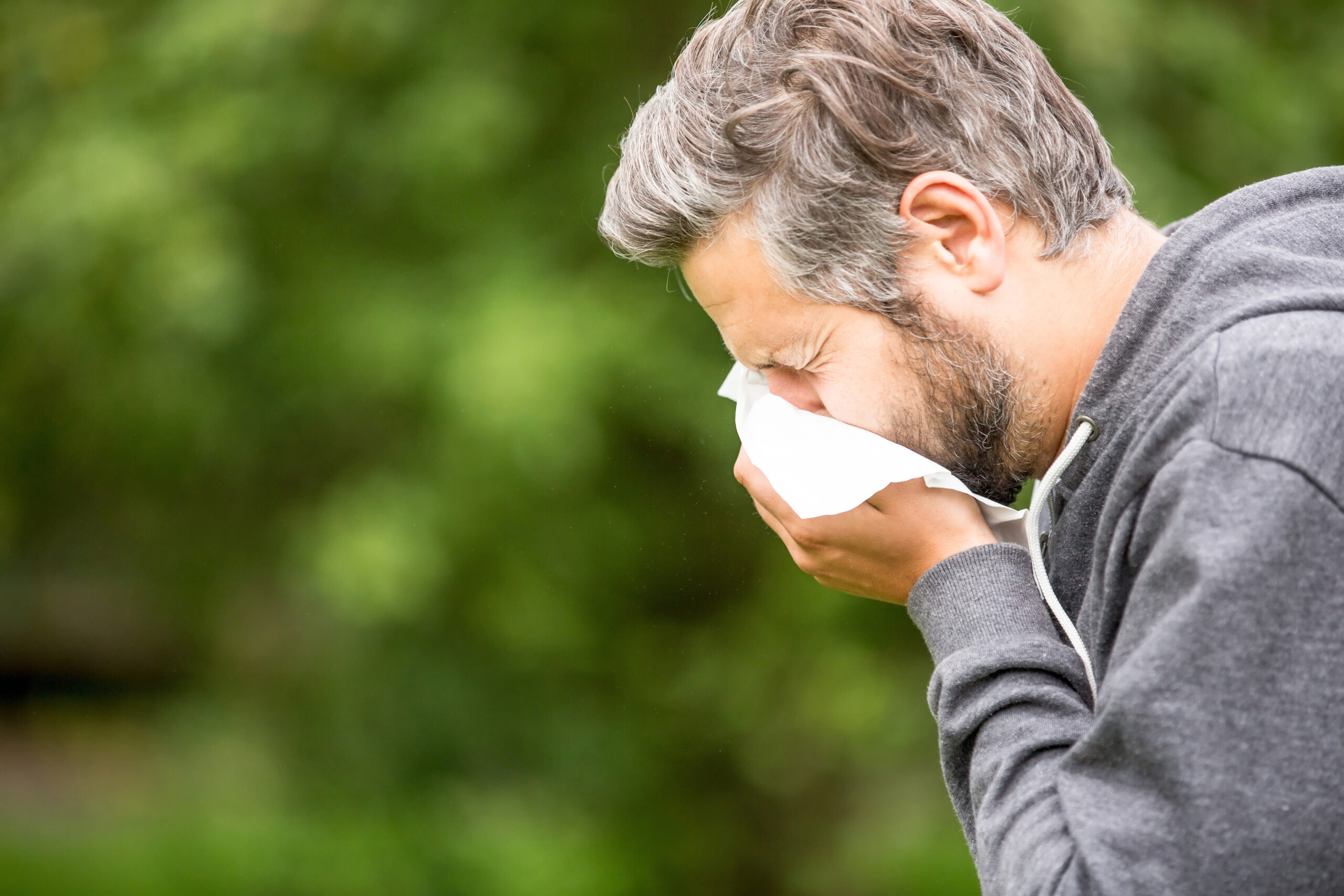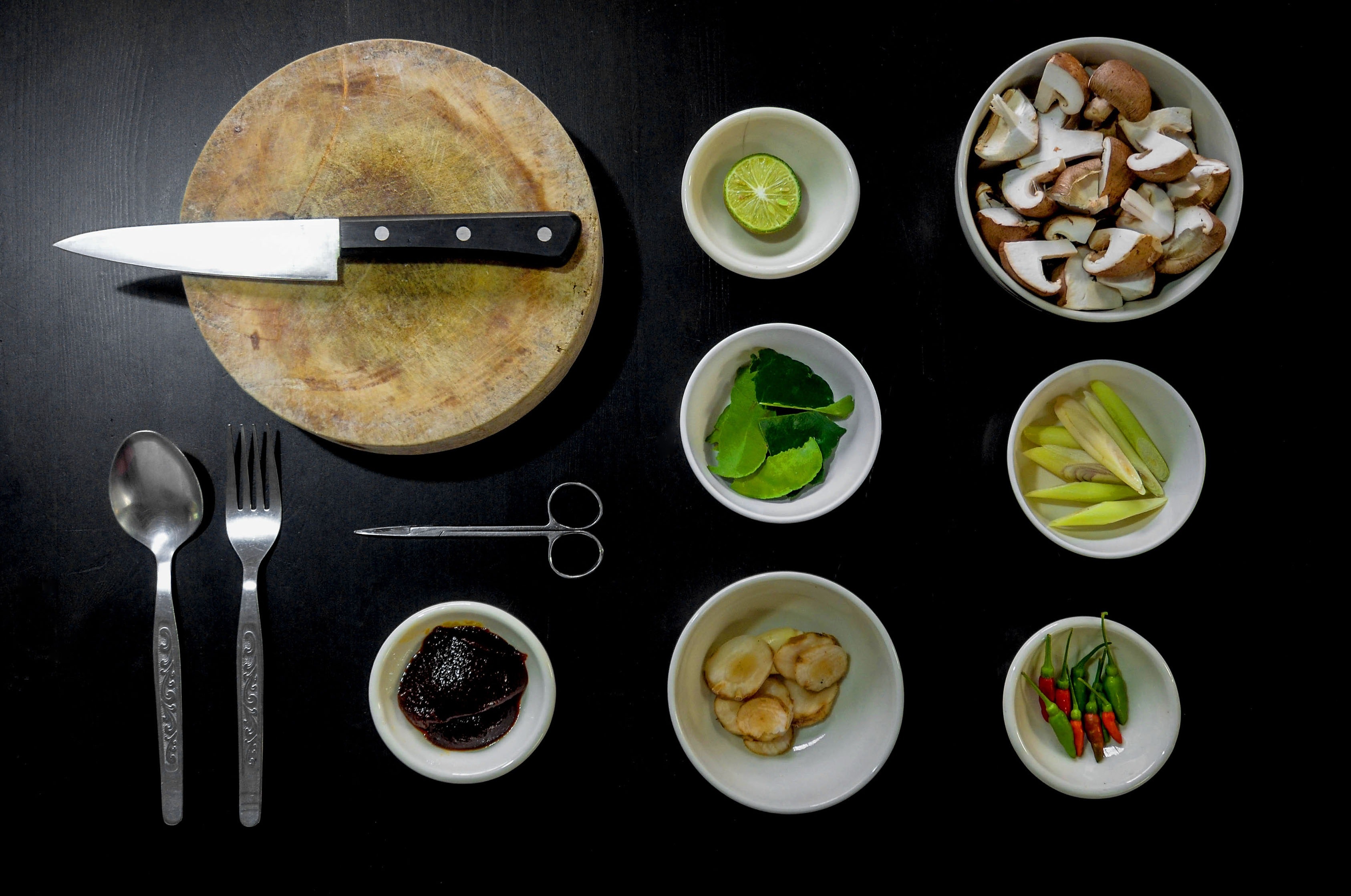What is yeast? While it’s fairly common knowledge that yeast is important for bread and beer, most people don’t know much beyond that. For example, did you know there are several different types of yeast? Or that certain yeasts have compounds that provide powerful immune support?
We’re not kidding! When Beta-Glucan 1,3/1,6-D is extracted from baker’s yeast, its immunomodulatory properties are…haha, sorry. We tend to get a bit carried away when talking about yeast. The science is just so fascinating!
That’s why today we’re breaking it down. Read on and discover exactly what yeast is, where it comes from, and which kinds of yeast have powerful immune-boosting compounds.
What is Yeast?
In the simplest sense, yeast is a type of fungus. That’s right. The ingredient that helps bread rise is actually a single-celled organism from the Fungi kingdom. The yeast we most often encounter is shaped a bit like an egg. These tiny, single-celled fungi have an outer cell wall mostly made of glucan and mannan (a type of carbohydrate). Older civilizations obtained yeast from a mix of flour, water, and perhaps a bit of leftover dough (starter) from previous baking.
Archaeologists studying Egyptian heritage sites found tools for making yeasted bread and even depictions of bakeries and breweries from 4000 years ago. Liquor was even brewed with yeast during the Shang Dynasty in China, and later Dynasties used yeast for various bread and pastries. However, it wasn’t until 1680 that yeast was first seen under a microscope.
It took almost another two centuries before another scientist began to truly unravel the science of yeast. In 1857, Louis Pasteur proved that yeast was responsible for converting sugar into alcohol. This early work helped him develop the pasteurization process, the germ theory of disease, and important contributions to the science of vaccines. See why we’re so excited about yeast?!
Where is Yeast Found?
Yeasts can be found throughout nature. That’s not all that surprising considering there are thousands of different species of yeast. So, where are the majority of these yeasts found?
Yeasts can be found in soil, various vegetation, aquatic ecosystems, and some are commonly found on the bodies of animals—including humans. There’s even a certain type of yeast that lives INSIDE our bodies in very small amounts. LiveScience says various factors (antibiotics, hormonal imbalances, stress, etc.) can increase or decrease the amount of this yeast in our bodies. When that happens, you may experience digestive issues or even increased infections.
Luckily, that’s not the type of yeast you’ll find in most foods. Because of its usefulness as a baking ingredient, yeast is an additive in many foods you’re already familiar with like flour and bread. Additionally, other foods or substances contain yeast because of their nature or due to manufacturing processes. These can include black tea, buttermilk, sour cream, soy sauce, cheeses of all kinds, dried fruits, fermented beverages, vinegar, many salad dressings, pickles, sauerkraut, etc.
How is Commercial Yeast Made?
Unlike our ancestors, we can simply run to the store and purchase yeast in a variety of forms (active dry, instant dry, etc.). Before it gets to the store, however, it must be grown. Manufacturers source-specific yeast cultures and carefully maintain them so they can continually use that same culture—just like bread starters!
Because yeast is a living microorganism, manufacturers have to monitor yeast growth carefully. Generally, the “starter” yeast is added to a container with plenty of water and food (often some type of sugar). With enough oxygen and an optimal temperature, the yeast will grow until it’s large enough that it needs a larger container. However, strict control and efficiency are essential to avoid fermentation.
If a manufacturer is making a standard dry yeast, it must be properly dried to keep the yeast active. They’ll either dry the yeast completely or concentrate it just enough for transportation. The former keeps the yeast shelf-stable for long periods of time, while the latter is only appropriate for yeast being transported to another factory where it will be used as an additive.
Different Types of Yeast
While there are cream or liquid yeast options, most individuals are familiar with the following types of yeast:
- Baker’s Yeast
Traditionally used for baking purposes. Baker’s yeast helps dough expand and rise by releasing carbon dioxide when it’s mixed with sugar. It also includes nutrients like iron, phosphorus, and B vitamins.
- Brewer’s Yeast
Traditionally used for producing alcoholic beverages like beer and wine. Also contains the nutrients Chromium, Selenium, and is considered a good source of B vitamins.
- Nutritional Yeast
The yeast has been deactivated, so it can’t be used for the same purposes as other types of yeast. Nutritional yeast is added to foods for an additional umami flavor. Fortified nutritional yeast also contains additional B12 vitamins.
While they’re generally used for different purposes, all three of these are the same species—Saccharomyces cerevisiae. Both baker’s yeast and brewer’s yeast can be purchased at most grocery stores as either Active Dry Yeast or Instant Dry Yeast.
Is Yeast Good For You?
Yes! But it depends on the type of yeast, whether it’s active or inactive, and what sorts of nutritional benefits you’re looking for.
Like we just mentioned, both baker’s yeast and brewer’s yeast contain several essential nutrients. However, we wouldn’t recommend simply eating yeast. Consuming live yeast can cause digestive discomfort because of how it interacts with your natural gut bacteria. So, any yeast supplements should be inactive and non-fermenting.
It’s also worth noting that while yeast allergies are possible, they’re very uncommon.
What’s particularly interesting is the science emerging about a compound called beta-glucan. Remember earlier when we said the yeast cell wall is comprised of glucan and carbs? Well, beta-glucan is found in the cell walls of certain types of yeast—and it’s powerful stuff!
More than a dozen published clinical studies have confirmed that beta-glucan can provide immune support for people of all ages. Here are just a few beneficial properties of this compound:
- Improved immune health
- Improved digestive health
- Reduced cholesterol
- Lower blood pressure
- Improved skin health
- Fewer respiratory infections
You can find beta-glucan in the cell walls of various yeasts, oats, barley, mushrooms, seaweed, and even algae. However, not all beta-glucan is created equal. The molecular chain of beta-glucan with the most powerful immunomodulatory properties comes from baker’s yeast. Known as Beta-Glucan 1,3/1,6-D, it must be carefully extracted to ensure its potency is uncompromised.
While food sources like oats and mushrooms contain beta-glucan, the molecular chain of beta-glucan from those sources doesn’t have the same potency as the beta-glucan from baker’s yeast.
Benefit from Baker’s Yeast (and Beta-Glucan) Today!
Want to benefit from the immune-boosting properties of Baker’s Yeast and Beta-Glucan 1,3/1,6-D? The simplest way to do that is by finding a high-quality supplement. That’s why our Glucan85Plus has 500mg of bioavailable Beta-Glucan with the optimal molecular chain.
Additionally, to ensure the highest quality possible, we source our Beta-Glucan from the Netherlands and test every batch to ensure over 85% purity. We’ve also included Vitamin C, D3, Zinc, Organic Echinacea, and Organic Elderberry to work synergistically with our beta-glucan for maximum immune support.
Skip the headache and become a warrior for your health with one easy-to-swallow daily supplement.



















